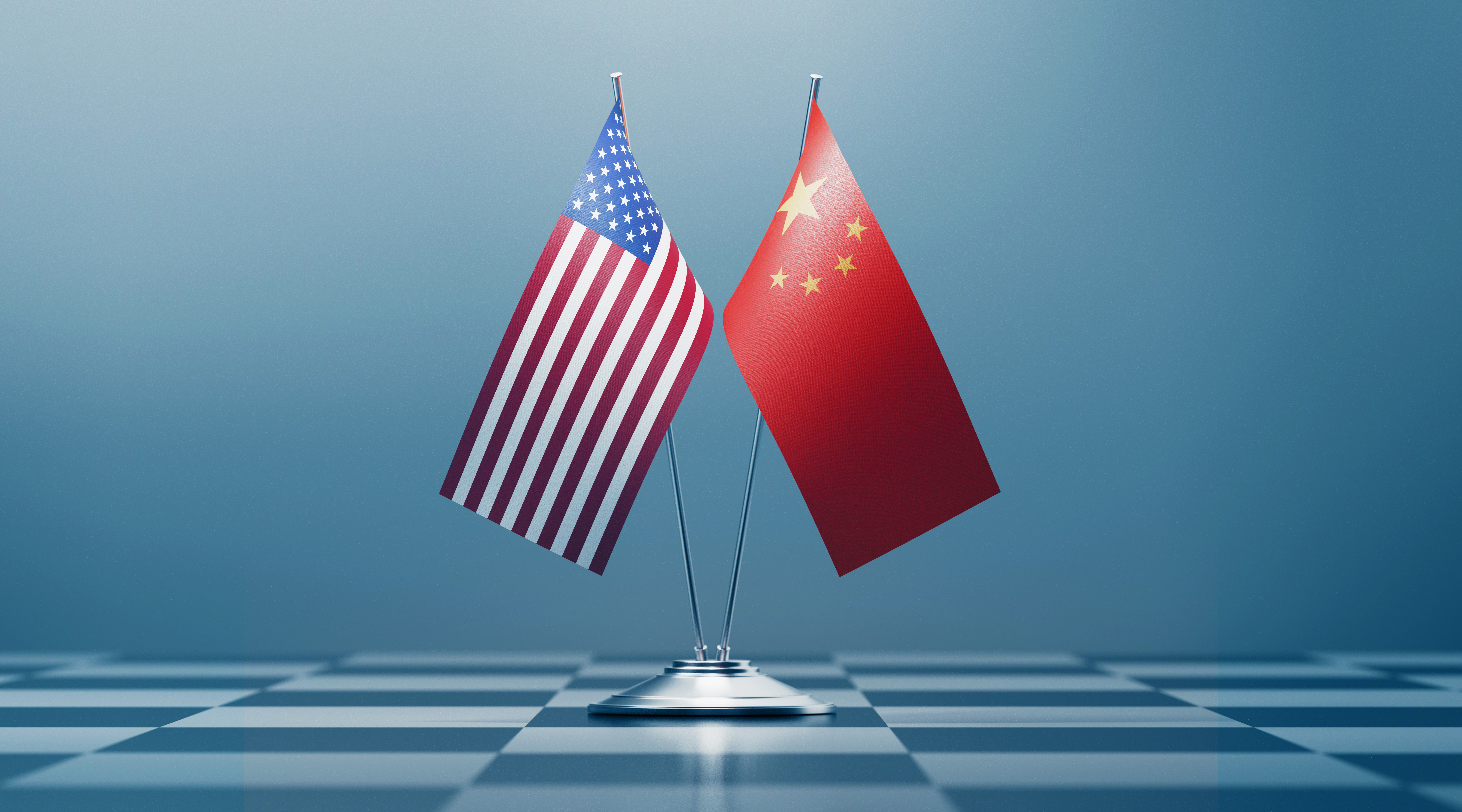
The Chinese government is following the same old playbook when it comes to its green industry, and it’s causing the usual issues. Will the U.S. learn from its past mistakes in responding?
President Biden is slated to meet with Chinese leader Xi Jinping in San Francisco on Wednesday during the Asia Pacific Economic Cooperation (APEC) summit. There is a lot for the two to discuss, from Taiwan to to fentanyl to artificial intelligence.
Something else that may come up is climate change, an increasingly urgent global crisis that cannot be handled unless both the United States and China follow through on promises to reduce carbon emissions and transition their economies to clean energy. And if you look at the big picture, there’s reason to be optimistic — both nations are investing heavily in clean energy industries like solar and electric vehicles.
But as the great Cher Horowitz once said, the situation is actually a full-on Monet: From far away it’s O.K., but up close it’s a big ol’ mess.
The United States is investing hundreds of billions of dollars in rebuilding its clean energy manufacturing industry, with the ultimate goal energy self-sufficiency, transitioning away from fossil fuels while still ensuring we can keep our own lights on.
China’s government, meanwhile, is spending absolutely massive amounts of money on clean energy production, manufacturing far more green components than it needs for its own uses. That’s creating an alarming global glut, as the Wall Street Journal reported Monday.
The state-run economy spent $80 billion on clean energy manufacturing last year, roughly 90% of all such investment worldwide. That’s led to a massive drop in prices; Chinese polysilicon — which is used to build solar panels — is down 50% since the start of the year, the WSJ reported. Chinese-made solar panels are down 40%.
Now, there are a lot of concerns with China’s clean energy industry, from the fact it is built on the back of forced labor to the fact it isn’t actually very green, given that China is building a whole lot of coal power plants to fuel it. But for the purposes of this blog, I’ll focus specifically on how China’s growing overcapacity is creating problems — and there’s plenty of problems to discuss.
We’ve been here before, after all. Back in the early part of this century, the United States had a thriving domestic solar panel manufacturing industry, but a surge of artificially cheap imports from China caused mass factory closures and layoffs, leaving the U.S. solar industry devastated. It took a combination of tariffs and investment to fuel a resurgence.
But that resurgence is fragile, and it easily could fall apart if Chinese solar imports are allowed to flood the U.S. market yet again. It’s already beginning to happen in Europe, as the WSJ reported.
Looking beyond solar, things are even more unstable in other clean energy sectors. Danish wind developer Orsted recently canceled a massive offshore wind project in New Jersey, and there is growing concern about the viability of other wind projects.
Not only does all this instability threaten tens of thousands of unionized jobs in the wind manufacturing industry, it also makes it less likely that the United States will meet its climate goals.
I’ve been working for the Alliance for American Manufacturing for almost 10 years and I clearly remember a time when the conventional wisdom was that it didn’t matter where things like solar panels and wind turbines were made, as long as we had enough of them to meet climate targets. That time wasn’t all that long ago, either — and there are still misguided individuals in positions of power who think that.
I had hoped the events of the past few years would have dispelled that notion for once and for all.
Remember during the early days of the COVID-19 pandemic, when China’s government blocked exports of face masks and other critical medical supplies? That was a legitimate crisis, one that only began to resolve when the U.S. ramped up its own production of personal protective equipment.
It’s a lot easier to build a factory to make face masks than it is to build one to make solar panels or electric vehicles or wind turbines or other complicated clean energy components. Imagine what could happen if the United States ultimately ceded its energy needs to China. The Chinese Communist Party (CCP) would simply have enormous leverage in international relations. It wouldn’t even take a major international crisis like a Chinese invasion of Taiwan; the CCP could fall back on energy in even minor diplomatic squabbles.
The current Chinese glut of clean energy components is also worrisome because the United States doesn’t have a great track record when it comes to dealing with global overcapacity (just ask the American steel industry, which fought for decades for relief). Far too often it has asked China and other bad actors to stop dumping products or extracted promises to do, only to get burned.
We’re now taking another approach to this problem. The United States is making strategic investments in critical clean energy industries and is also willing to use trade enforcement mechanisms like tariffs to keep the global glut of artificially priced imports at bay, not only for solar but also for industries like electric vehicles. We’ll be much better positioned to meet those climate targets because we’re building up our domestic industrial capacities.
Ultimately, prioritizing our own clean energy production capabilities will not only maintain U.S. energy independence and support potentially millions of well-paid jobs, but it also is the only way this country will guarantee we’ll meet our climate goals, too.
